Roboflow Python SDK

I've done image processing and manipulation with several libraries including GD, Image Magick, Image Science, PIL - everything from cropping, and resizing to appending watermarks and rotating based on EXIF information.
Here are 17 projects that I've worked on tagged Image Processing.


This is the first version of my site that I completely rebuilt in a new language and platform. I moved the entire site from a containerized LAMP stack to a server-side-rendered (SSR) Nuxt.js application that relies completely on the Broox API to power its content. I chose Nuxt and SSR in order to keep my SEO and open graph / social sharing meta tags intact while still providing a speedy, asynchronous client-side browsing experience.
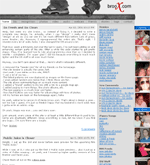
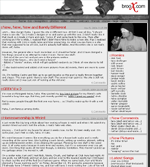



After growing a little tired of Node, Express and Sequelize, I decided to rebuild my personal API using Python, Flask, and SQLAlchemy. The end product felt much cleaner and allowed me move a lot faster when iterating on new features.
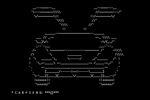

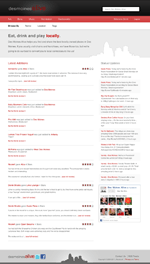
Nick and I decided to use this version of Des Moines Alive to learn new things, play with APIs, and switch our focus to local businesses. We built our own custom PHP MVC, with ideas borrowed from our experiences with Rails and Kohana. We redesigned our database to be more efficient. We also began using many more APIs such as SimpleGeo, Google Maps, Facebook, Foursquare, and Twitter to aggregate data and give our users more information.
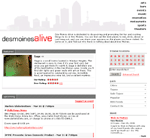
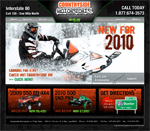



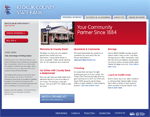
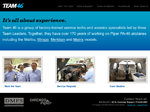
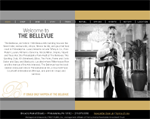
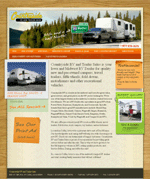
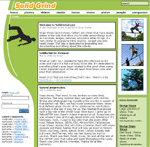
In 2006, I re-released Solid Grind to get away from publishing broader extreme sports content and focus on the grind shoe scene. There were so many other extreme sports sites with a full staff dedicated to maintaining them, but no one had this thorough of a website dedicated to the grind shoe scene. I worked with Nicole Sutherland on the design of this version, which turned out great for the content being delivered. The new version of the site was much more complete, the code was much more efficient, and photo manipulation was handled much better. With the initial version of SolidGrind I was very proud of the photo management system - this system was much cleaner and much more versatile in that most image manipulation was handled on the fly.
